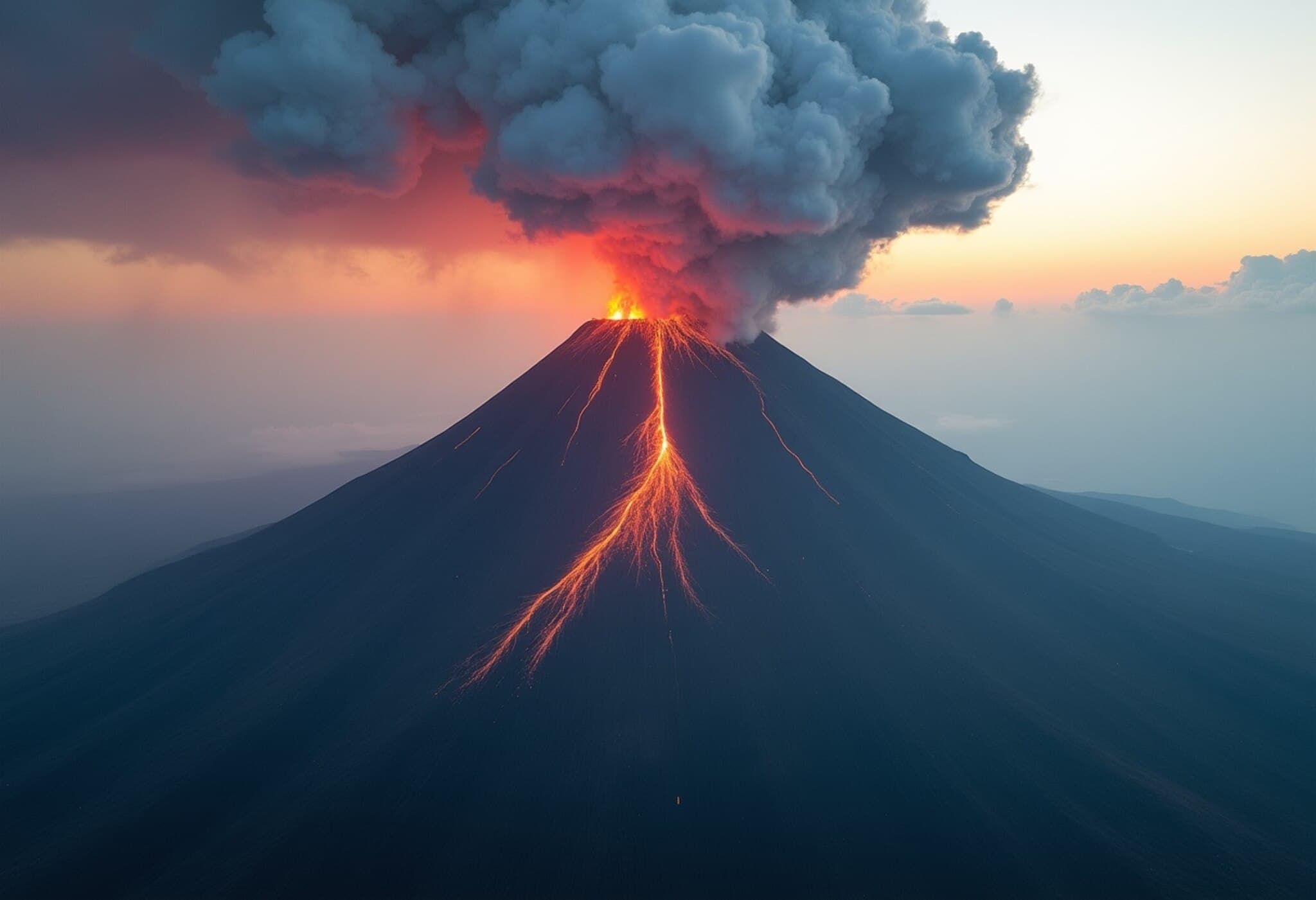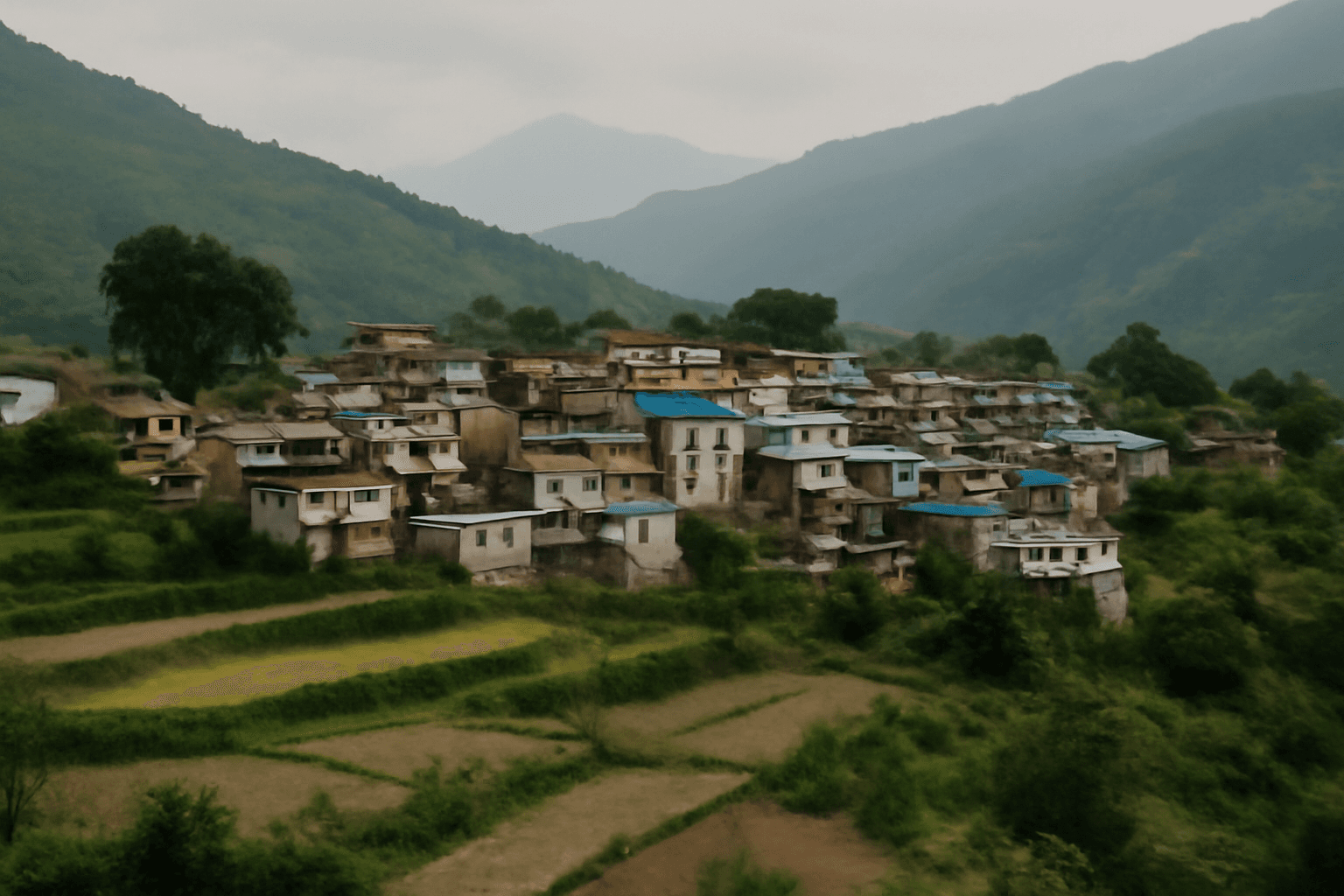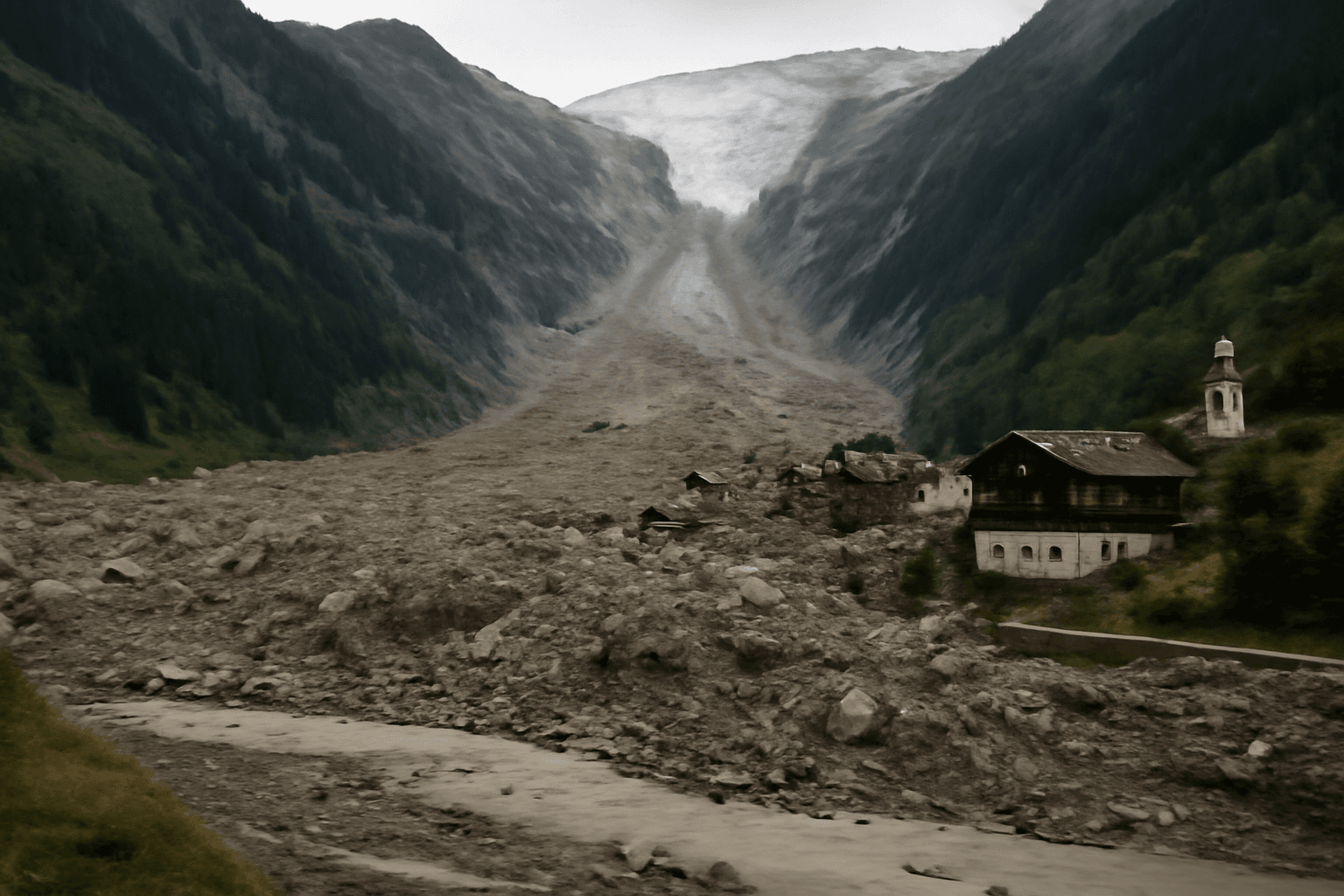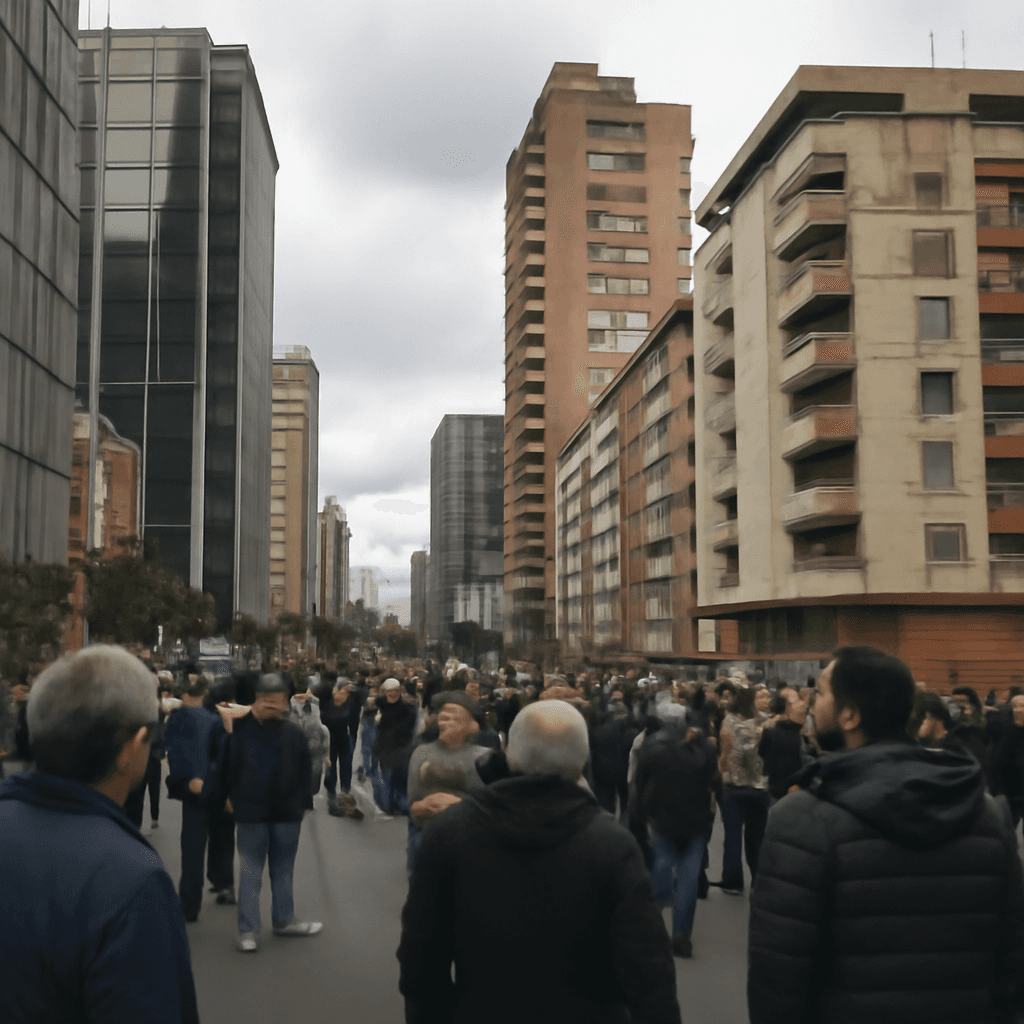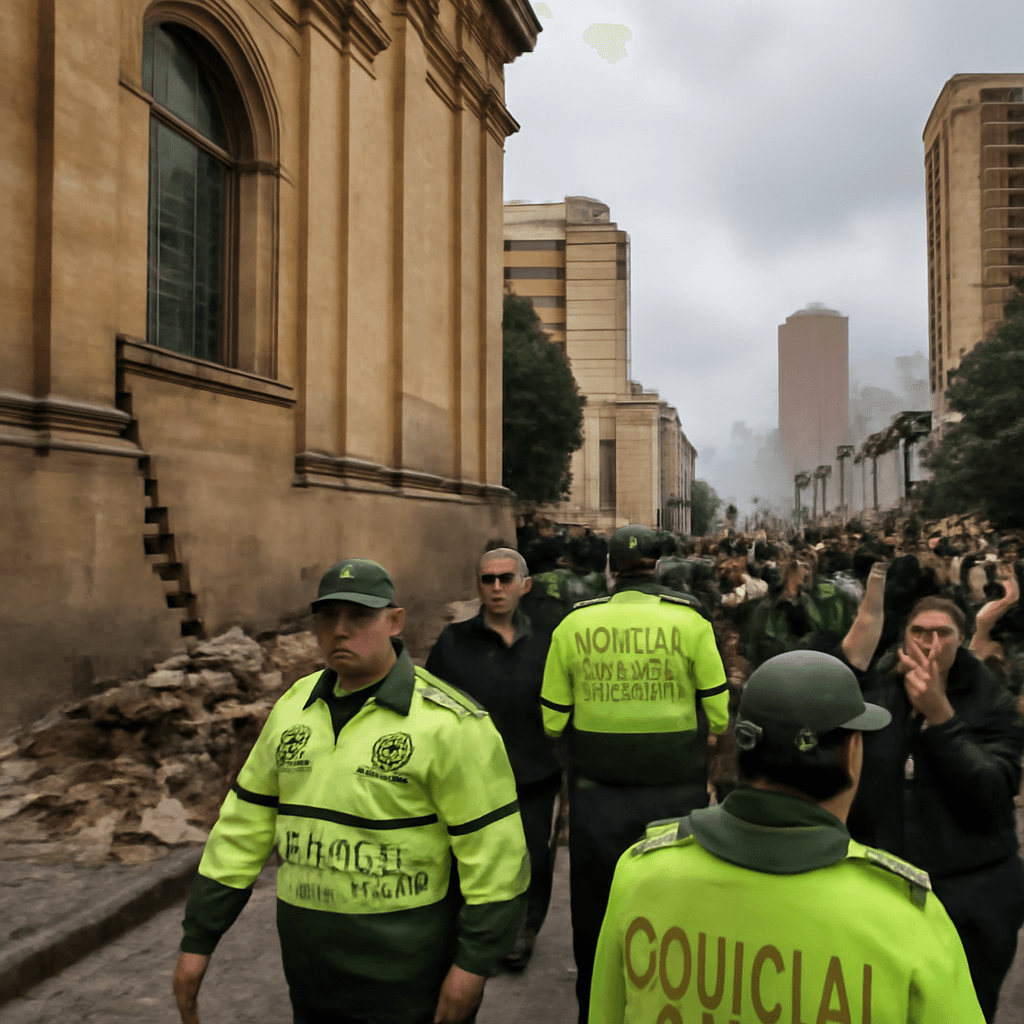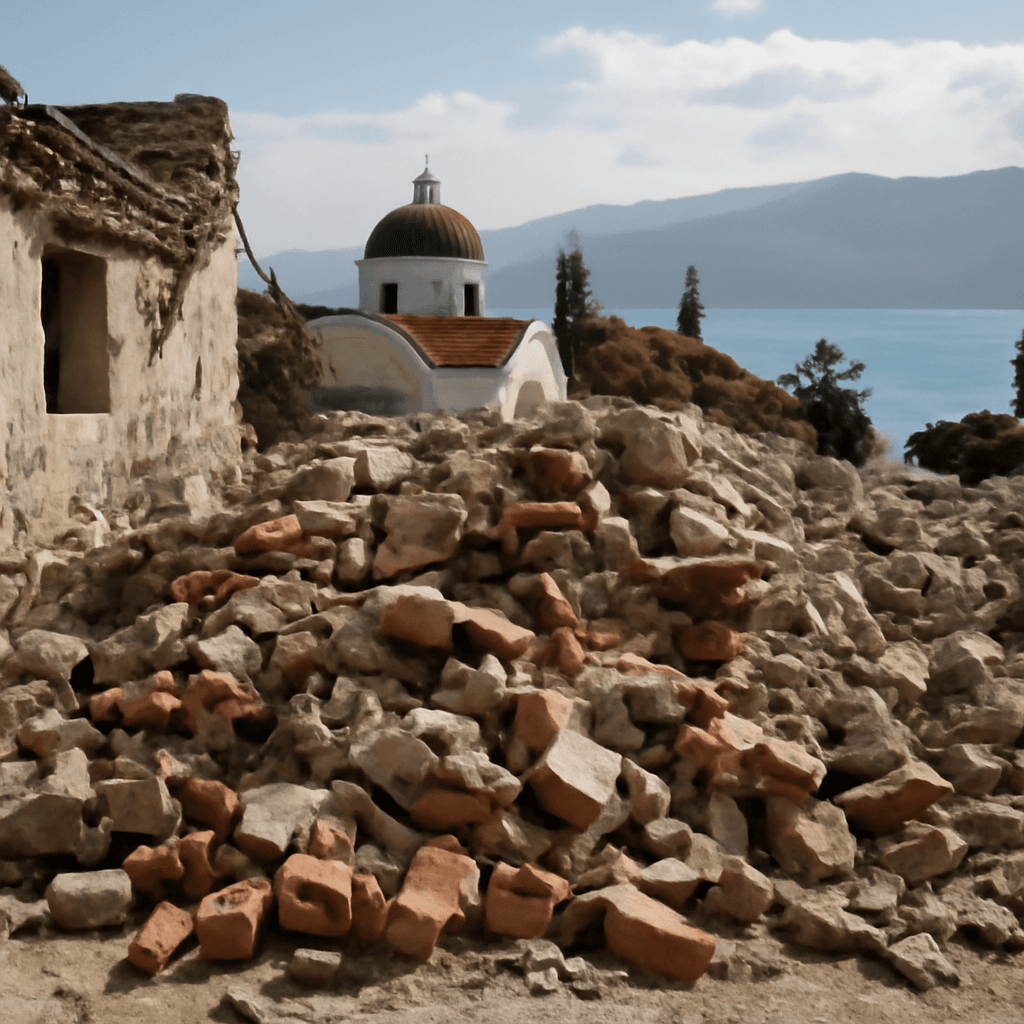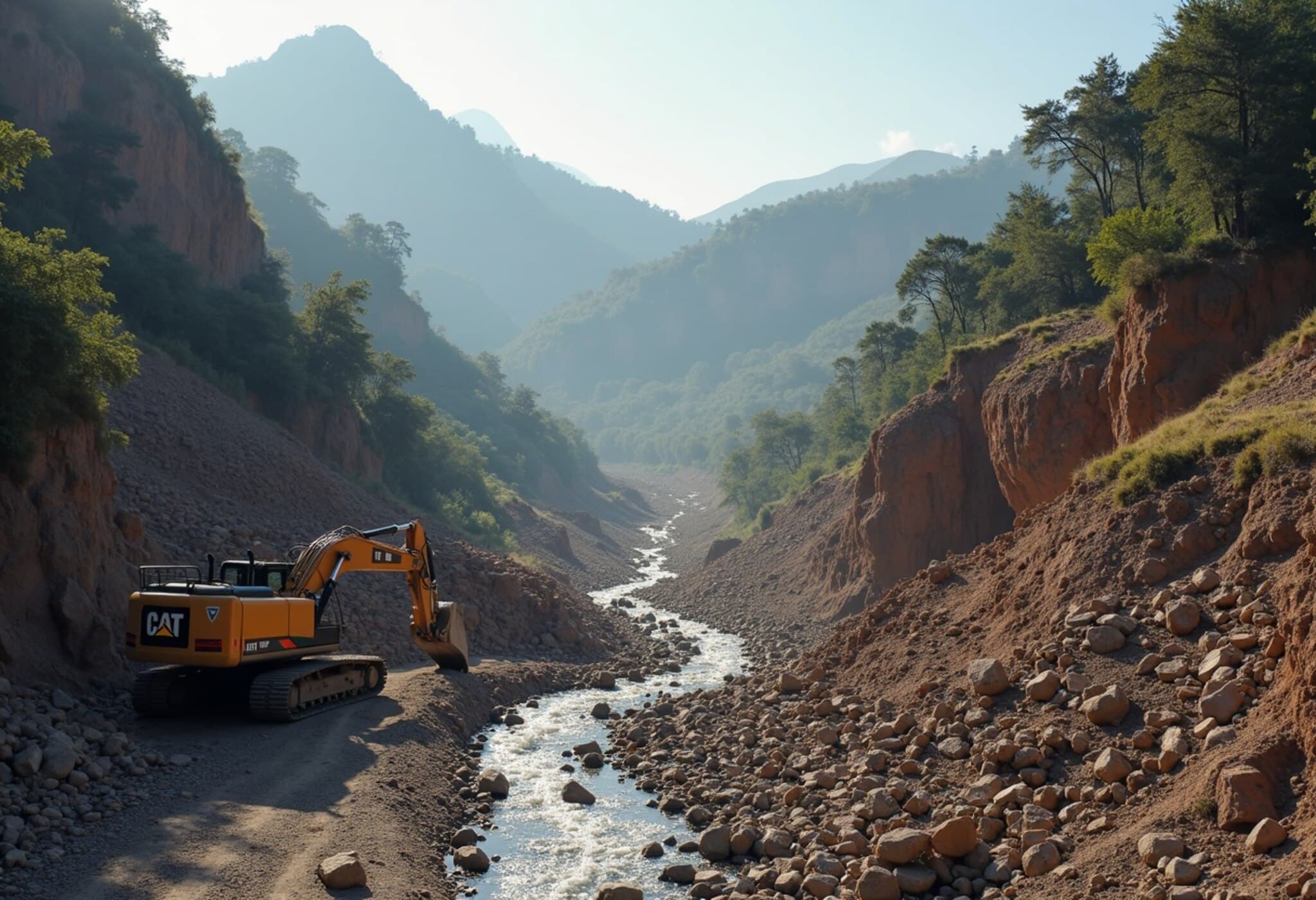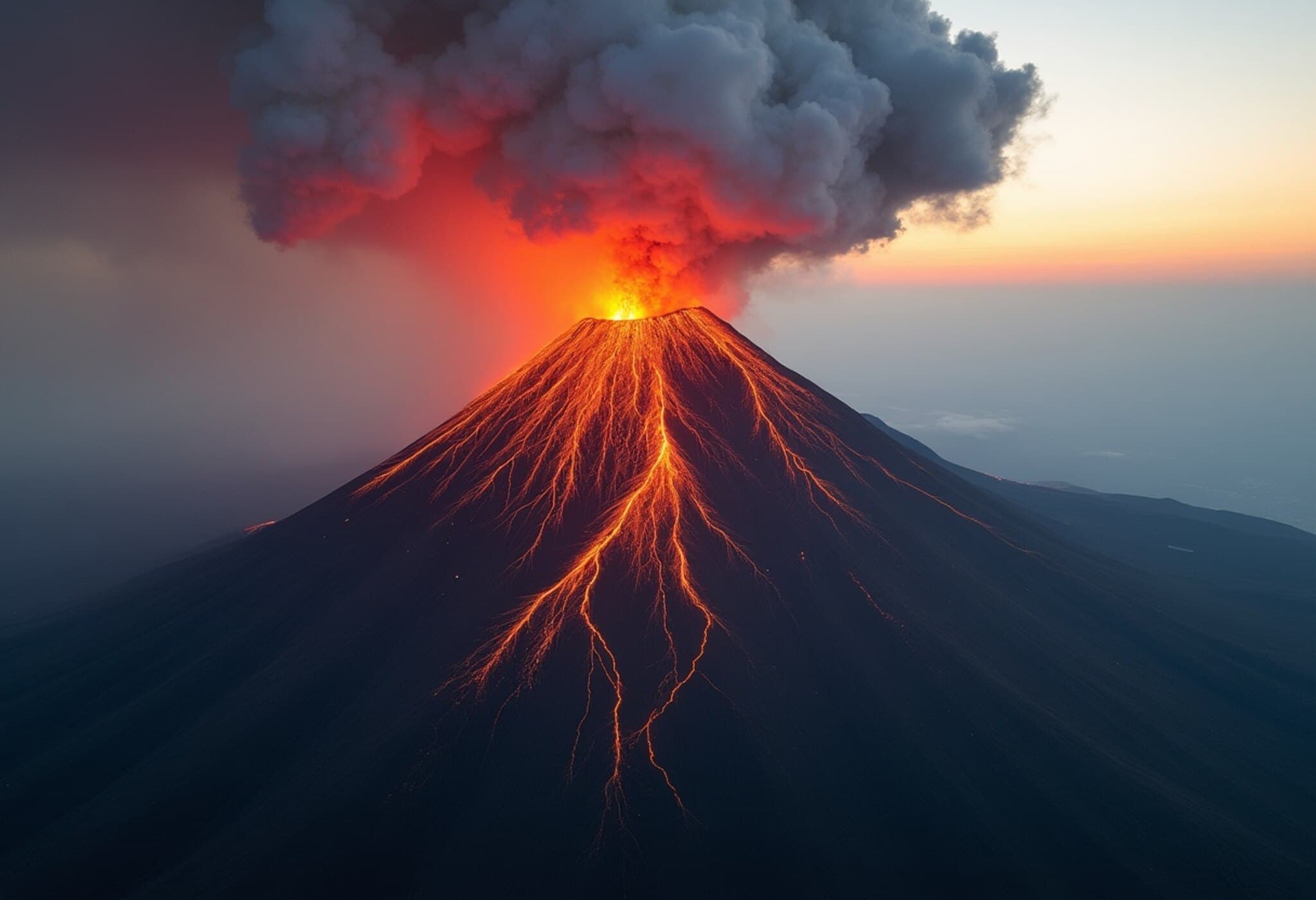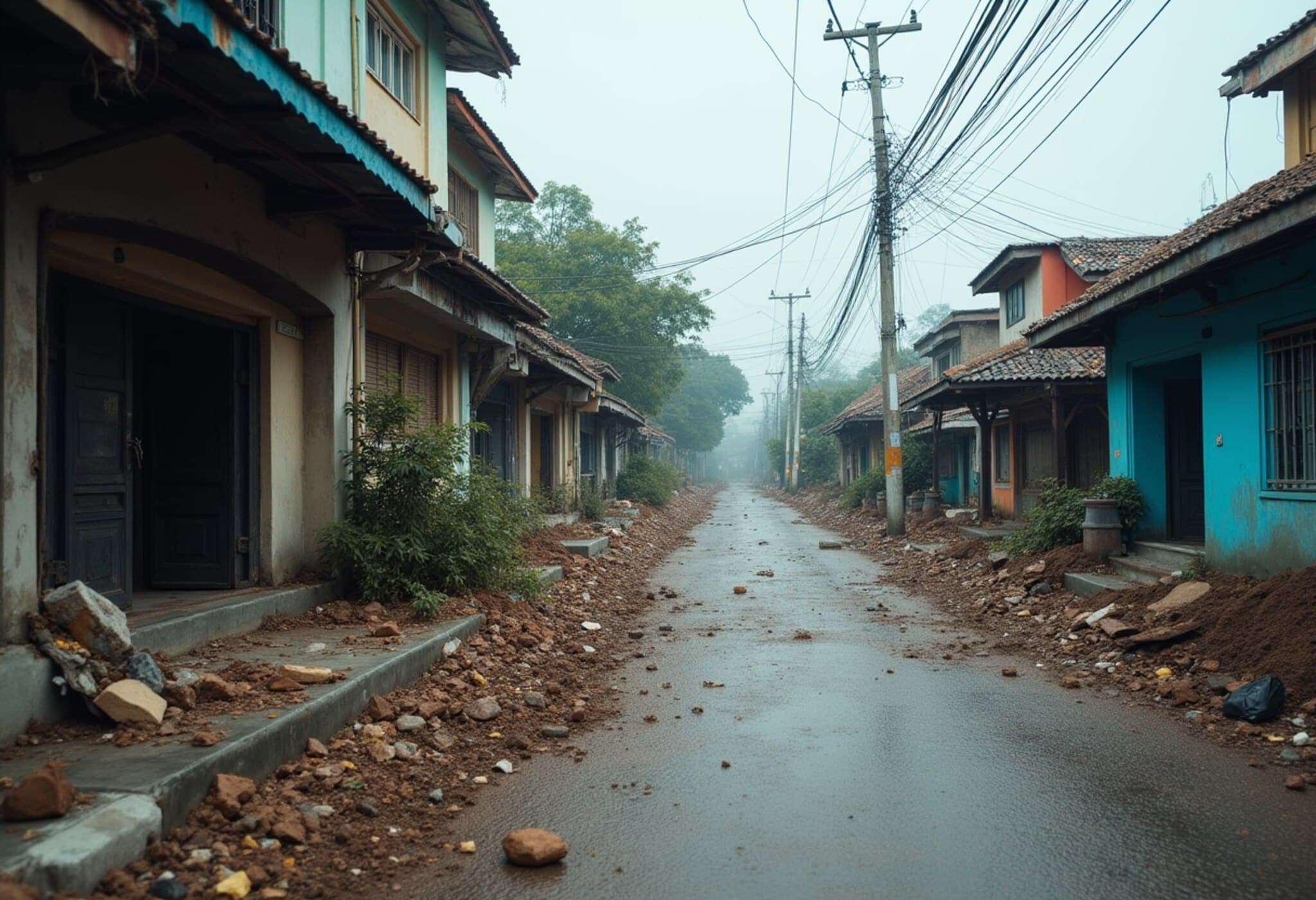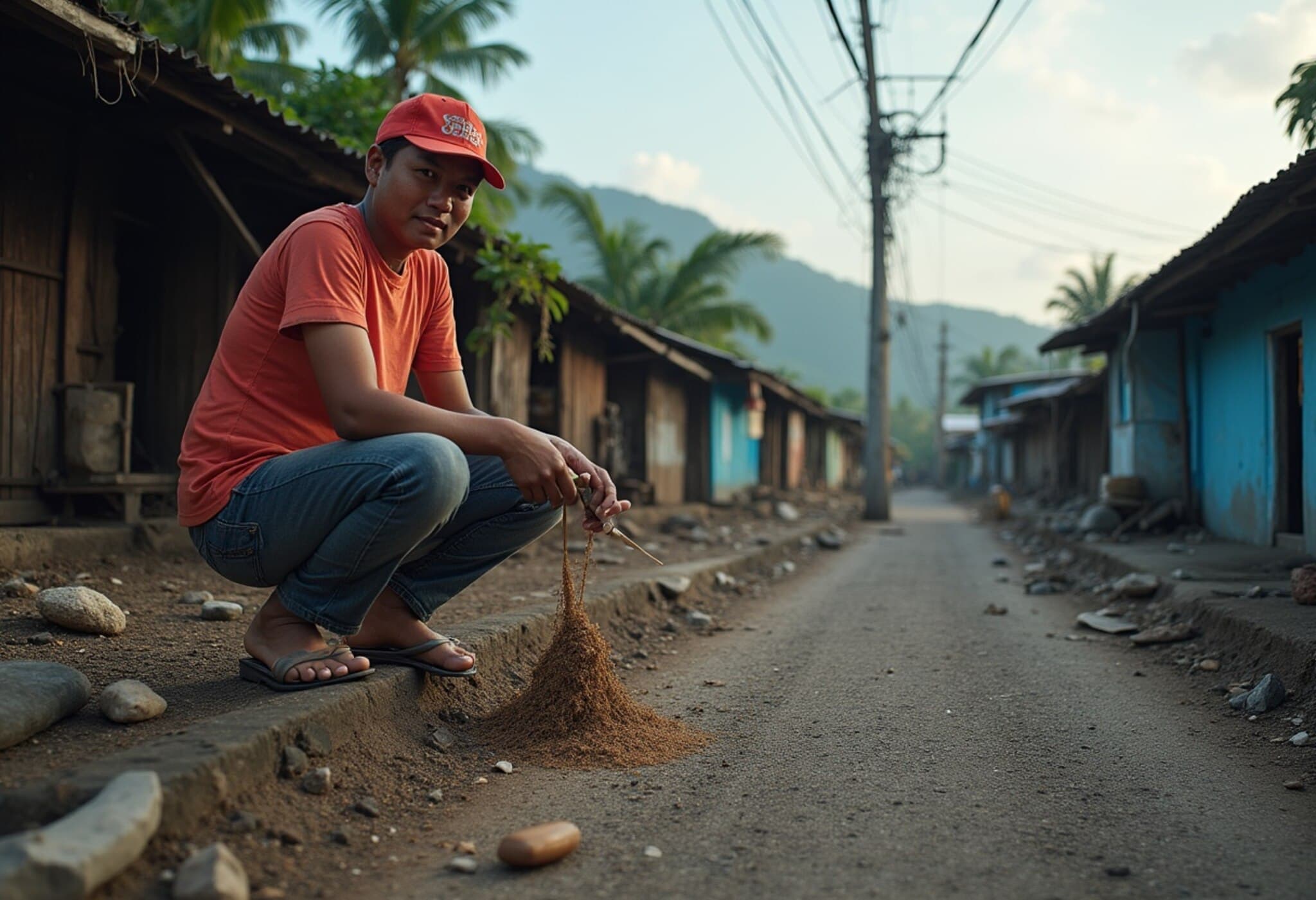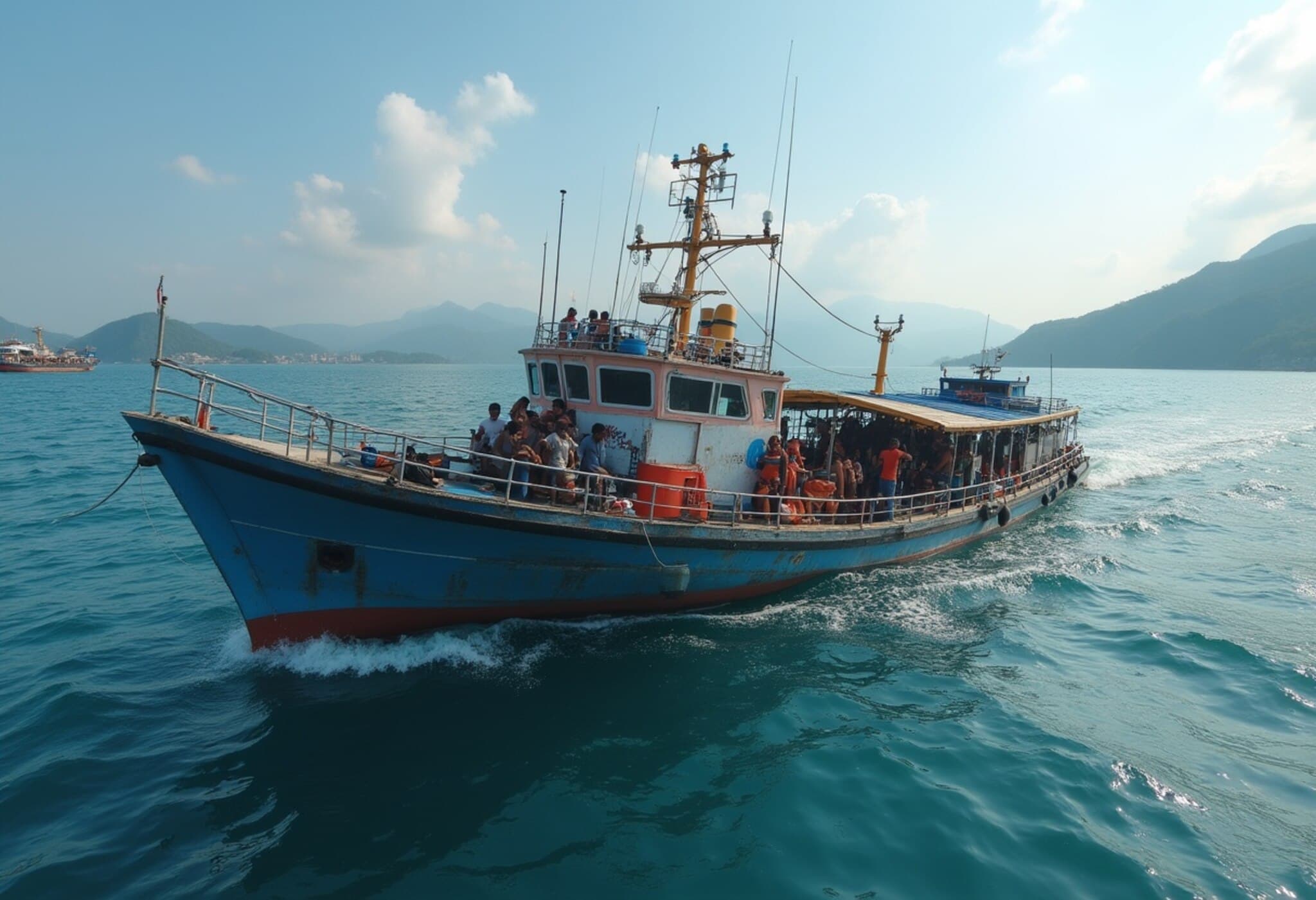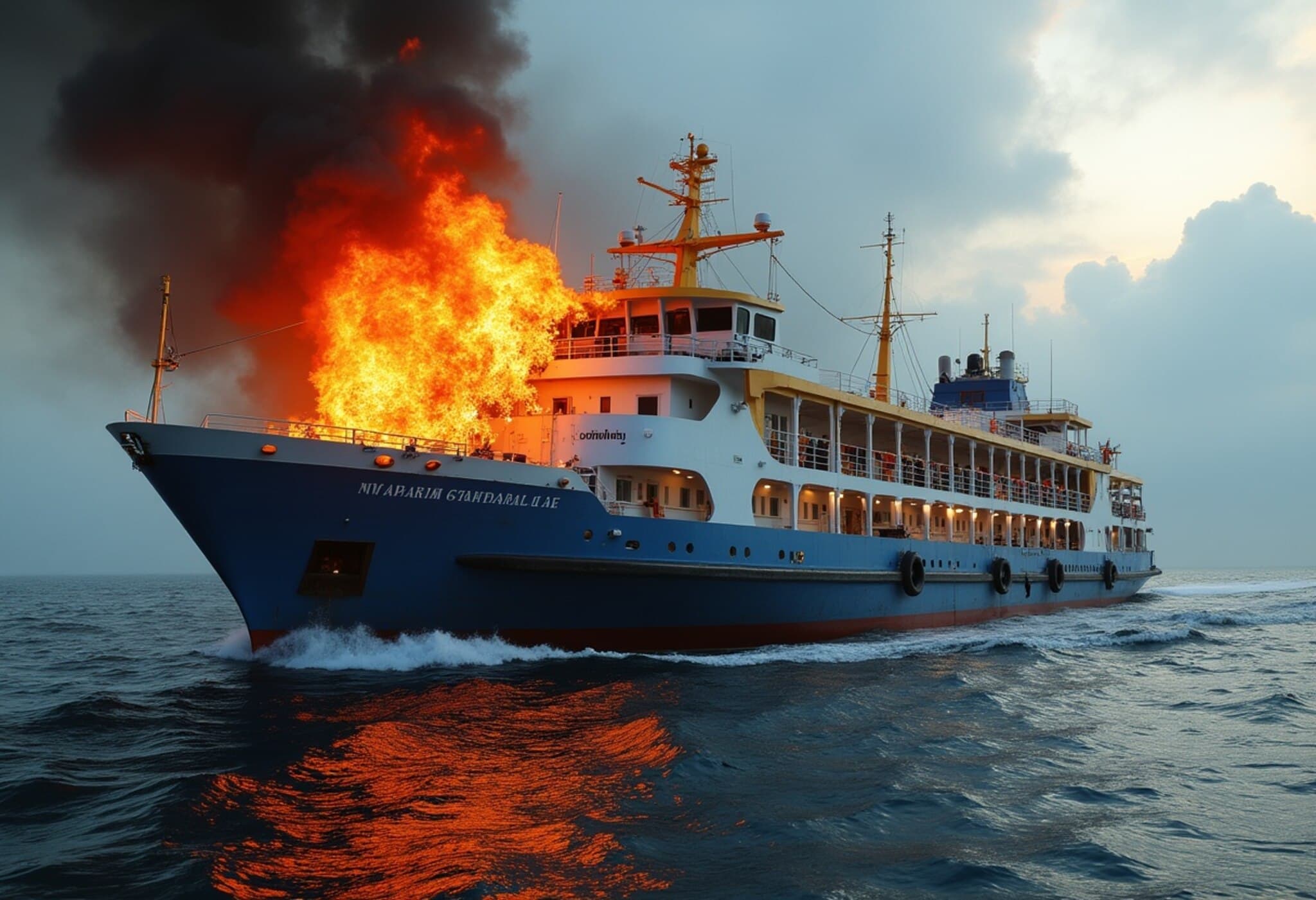Mount Lewotobi Laki Laki Erupts with Intense Volcanic Activity
On Monday, July 7, 2025, Indonesia's Mount Lewotobi Laki Laki volcano dramatically erupted, releasing a vast plume of volcanic ash soaring up to 18 kilometers into the atmosphere. The eruption took place in East Flores, sending an avalanche of scorching gas clouds cascading down its slopes, according to the Indonesia Geology Agency.
Despite the alarming display of nature’s power, authorities have reported no immediate casualties. However, ashfall affected nearby villages, raising concerns about air quality and public health.
Heightened Alert and Safety Precautions
Following an eruption on June 18, Indonesia raised the volcano’s alert status to the highest level. The exclusion zone around Mount Lewotobi Laki Laki was also expanded to a seven-kilometer radius due to an increase in eruption frequency. These precautionary measures aim to safeguard the local communities living in proximity to this twin volcano.
Historical Context and Regional Impact
Mount Lewotobi Laki Laki, standing at 1,584 meters, forms a twin volcano with Mount Lewotobi Perempuan in the Flores Timur district. This volcanic complex is part of Indonesia's intense seismic and volcanic activity caused by its position along the Pacific "Ring of Fire." Home to approximately 270 million people and boasting around 120 active volcanoes, Indonesia frequently grapples with natural hazards arising from its geological setting.
Past eruptions of Mount Lewotobi Laki Laki have had deadly consequences; notably, a November eruption in 2024 resulted in 9 fatalities and injuries to dozens. It also erupted earlier this year in March, signaling ongoing unrest beneath the surface.
Why This Matters: Indonesia’s Volcanic Challenge
Indonesia's position on the Ring of Fire exposes its vast population to continuous volcanic and seismic threats. Each eruption tests the resilience of government disaster response, infrastructure stability, and community preparedness. Monitoring agencies, like the Geological Agency, play a vital role in early warnings to reduce casualties and economic losses.
Moreover, volcanic ash clouds such as this can disrupt air travel across Southeast Asia and affect regional climate patterns, highlighting the broader implications beyond the immediate locality.
Expert Insights: Balancing Risks and Resilience
Experts emphasize the importance of sustained investment in volcano monitoring technology and public education programs to foster community resilience. With Indonesia’s rapid urban growth near volcanic regions, the challenge lies in balancing developmental ambitions with disaster risk reduction.
Further research into eruption patterns and gas emissions offers potential for improved predictive capabilities, reducing uncertainty for local governments and residents alike.
Editor’s Note
Mount Lewotobi Laki Laki’s recent eruption underscores Indonesia’s ongoing volcanic volatility. While immediate harm was avoided this time, the history of deadly eruptions calls for continuous vigilance and improved disaster preparedness—both locally and internationally. As climate change may influence volcanic activity and ash dispersion, multidisciplinary attention is critical. Readers are encouraged to reflect on how densely populated regions worldwide manage the invisible tension between civilization and natural forces.

